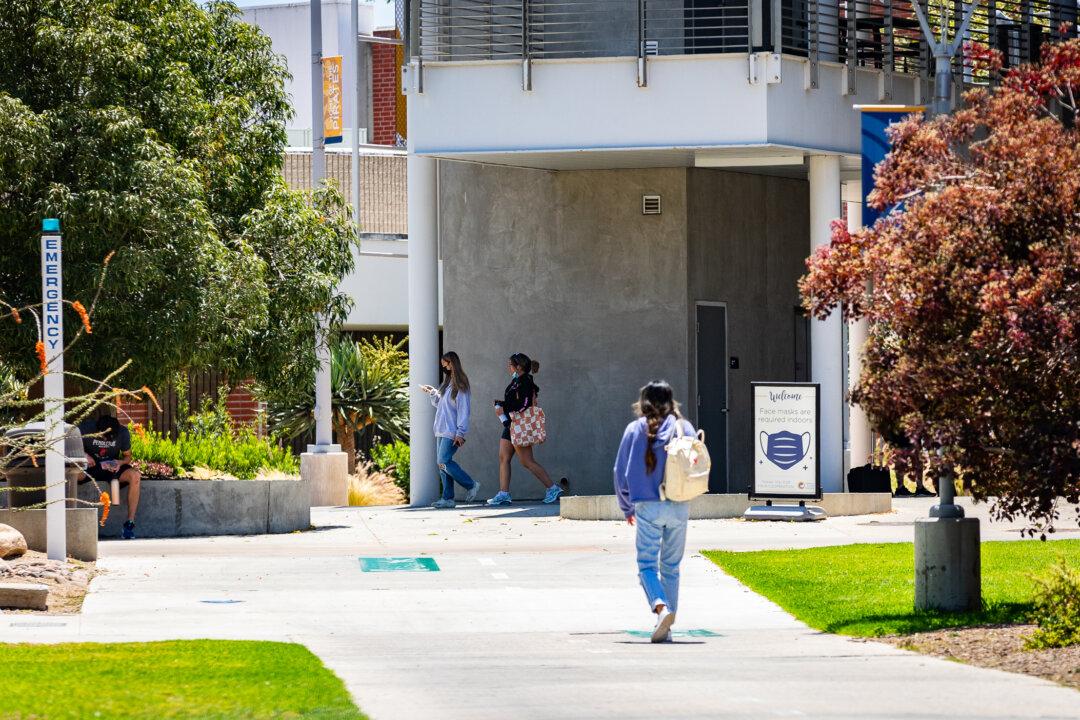The U.S. Department of Education has approved California Community Colleges’ application to make Title IV financial aid available to students who don’t have high school diplomas.
Title IV refers to federal grants to attend approved programs.

The U.S. Department of Education has approved California Community Colleges’ application to make Title IV financial aid available to students who don’t have high school diplomas.
Title IV refers to federal grants to attend approved programs.